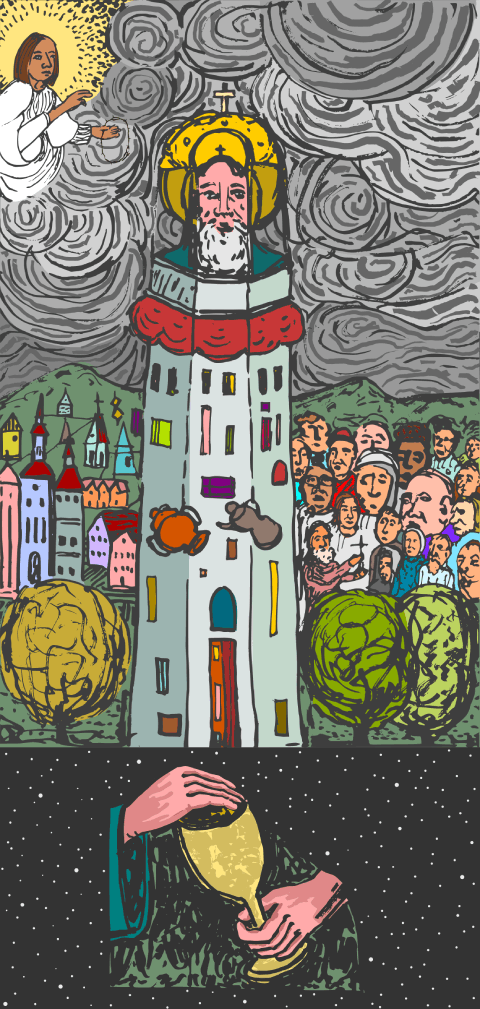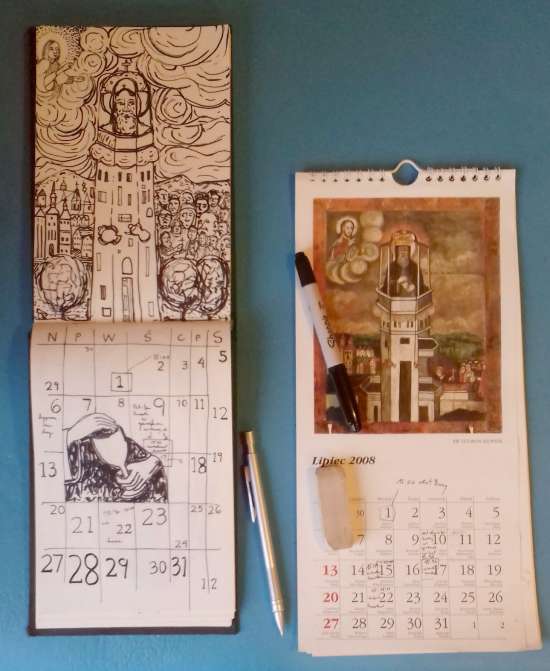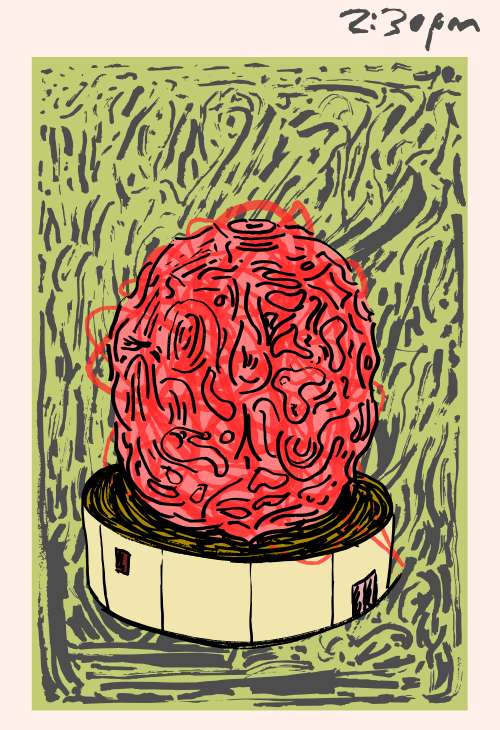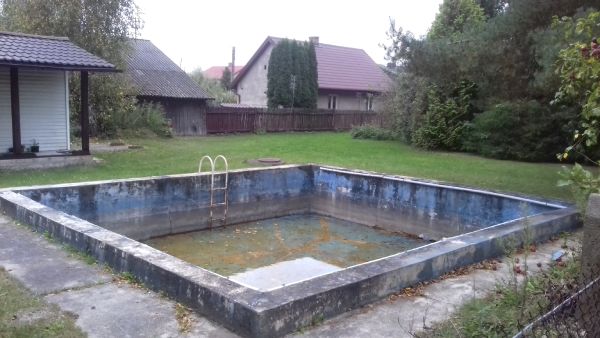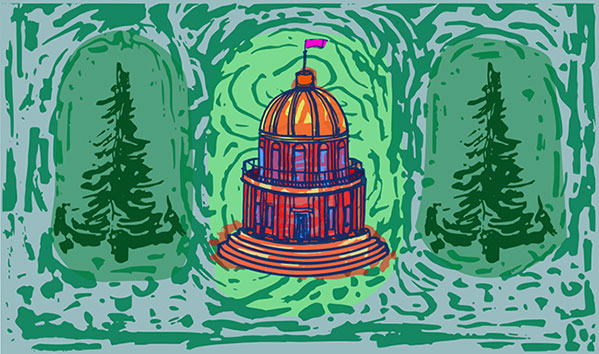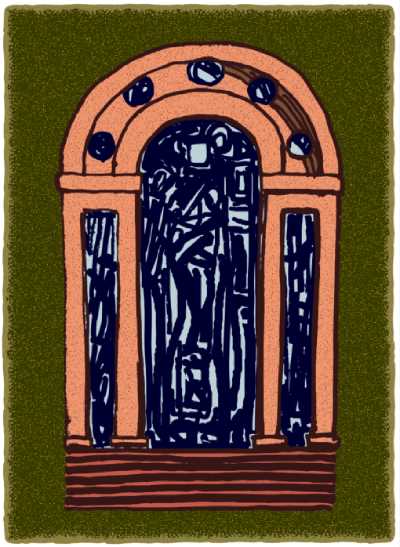A switch occurs and a light goes on. It takes a fraction of a second. The fact that it works is immediate and clear. However, what does the light reveal, what is in the darkness, and where does the light’s energy come from? The fact that illumination occurred is a simple observation, while the meaning and science of light is an expansive subject.
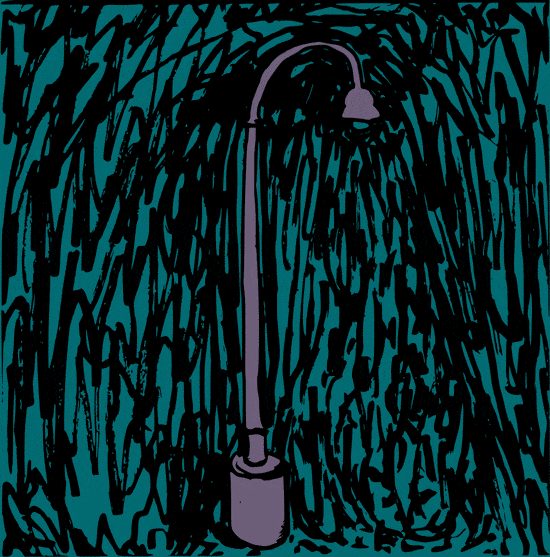
I made a drawing akin to the act of switching on a light. Likewise, the drawing was to be simple (i.e. providing directness and a demonstrative outcome without being overly labored). While some of these goals were attained, I found that simplicity was an abstract idea about where we stop looking or investigating and where we let complexity rest. If one compared two examples (e.g. a drawing of a light on and off) one could make an assumption or judgement about which is simpler.
Simplicity requires a reference. It is the comparison that allows for an accurate judgement. However, a judgement is not always easy. Because constraint is a key indicator of simplicity, I remain unconvinced that simplicity is synonymous with minimalism. Where simplicity requires us to stop, the minimalist impulse encourages us to look in an expansive way with less. Minimalism shows us that the criterion to make a judgement about simplicity can be too simple. In other words, what is simple is not always so simple.
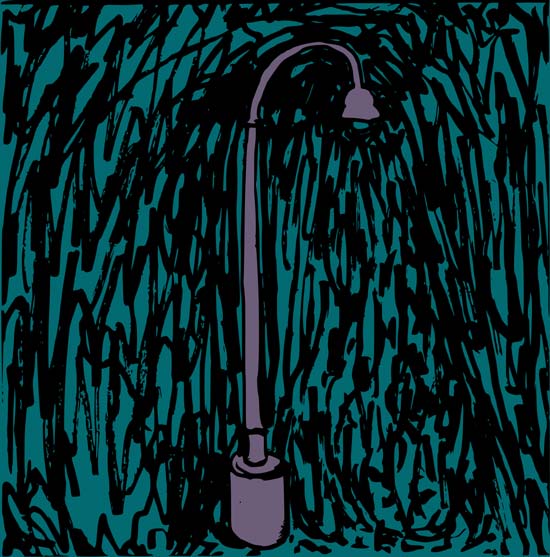
It may appear like simplicity is being disparaged or an impossibility. However, simplicity can bring enhancement and order where there are challenges. When engineers and computer scientists create a structure, it may require complexity. However, the goal is not complexity. Rather, the goal is to make the complex organized, manageable, and thus simpler. On a personal level simplicity is important because we need to know the limits. When an activity adversely effect another activity, eventually we need to stop one of the pursuits for the sake of simplicity. This judgement is not often easy and requires case by case reflections to reach the best balance.
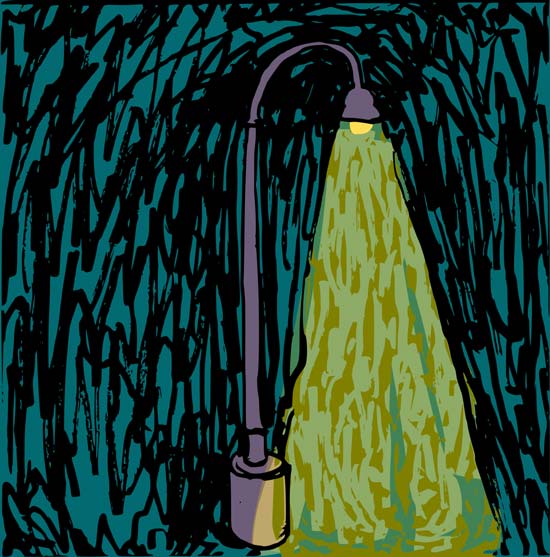
With regard to a balance, looking at my drawing, I wonder if I passed the simplicity test? The answer is that the light works, but the process and results are not so simple. It is a mix, and this is what provides a small measure of character.
